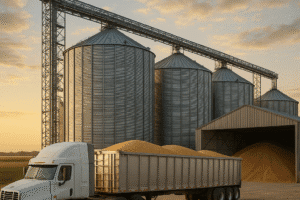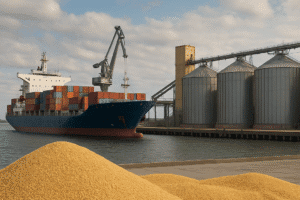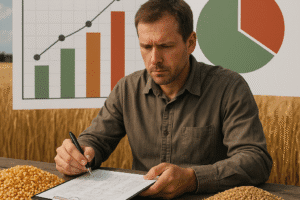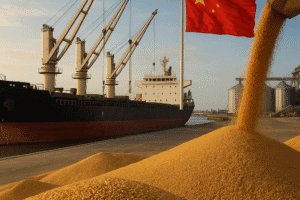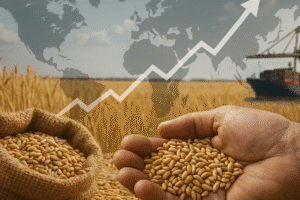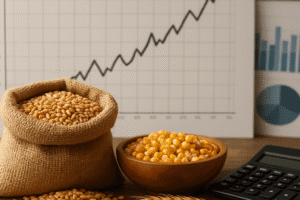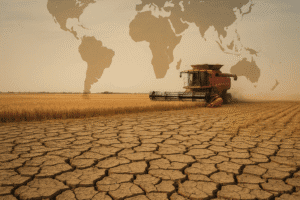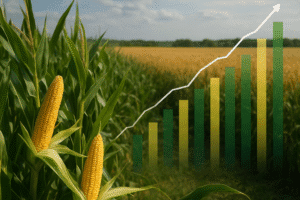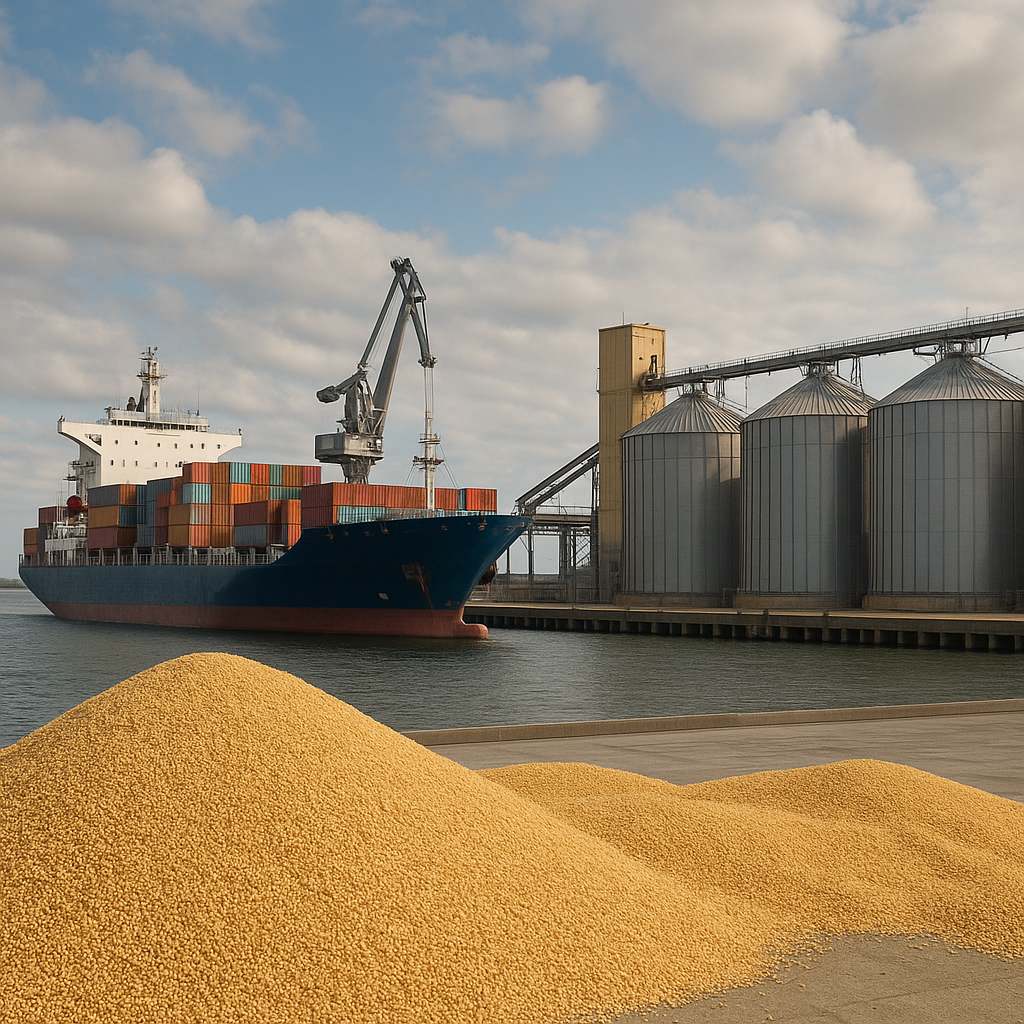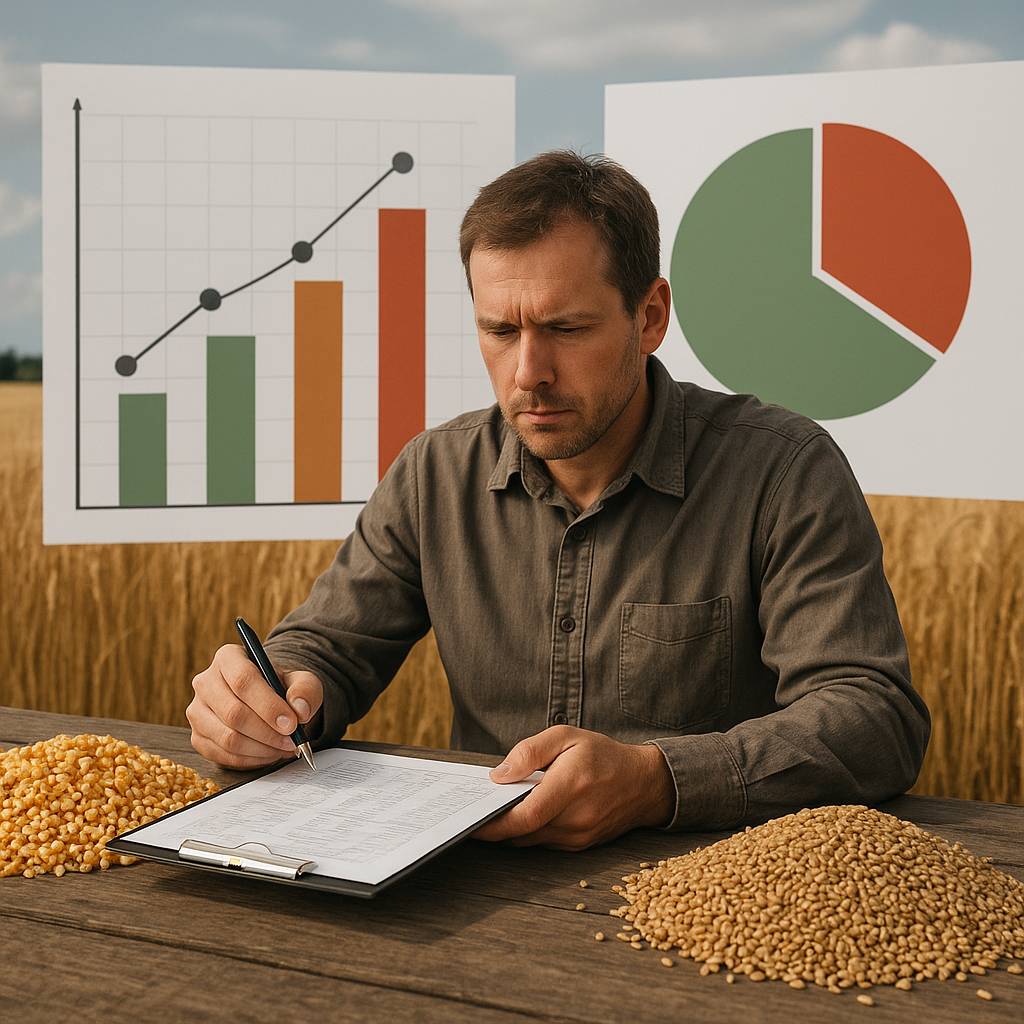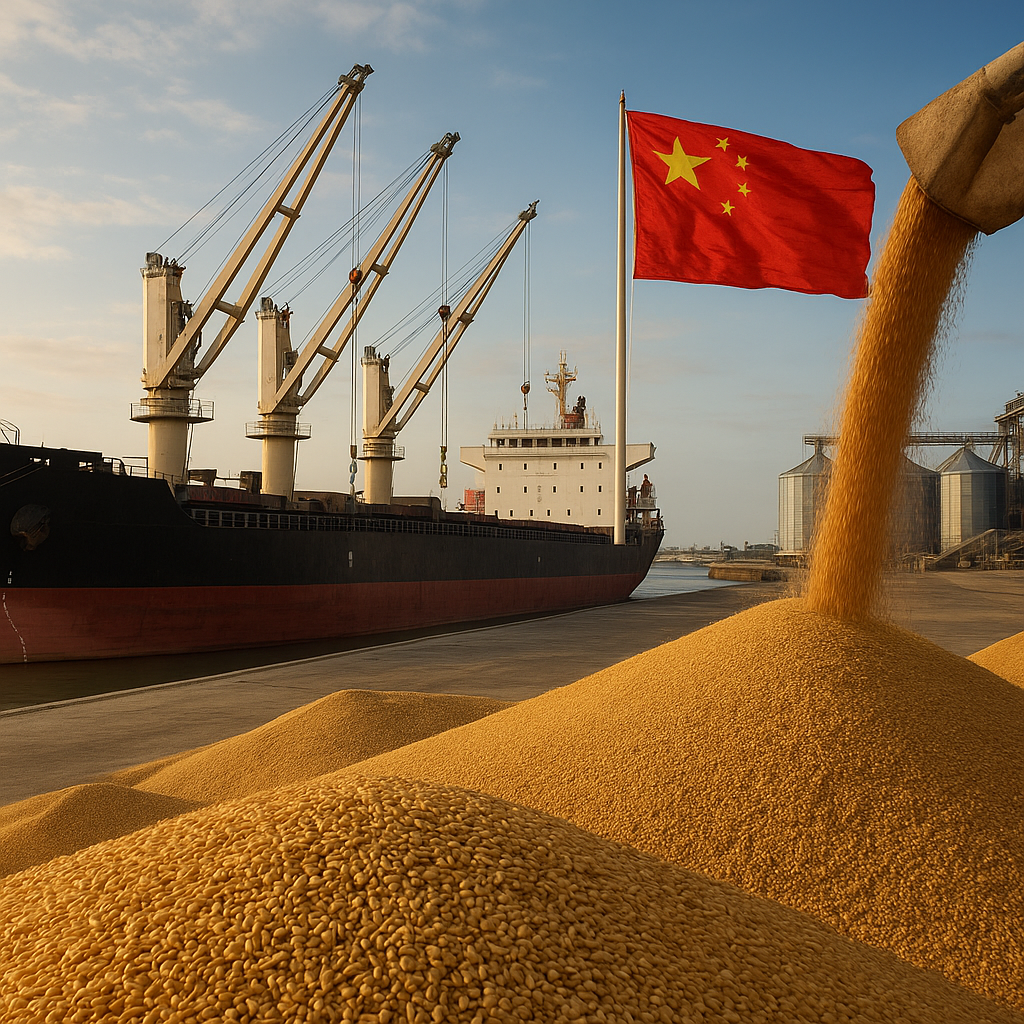The role of grain markets in global food security is a critical aspect of ensuring that populations around the world have access to sufficient and nutritious food. Grains, including wheat, rice, corn, and barley, are staple foods for billions of people and serve as the foundation of many diets. The dynamics of grain markets influence not only the availability and affordability of these essential commodities but also the overall stability of food systems worldwide. This article explores the significance of grain markets, the factors that affect them, and their impact on global food security.
Understanding Grain Markets
Grain markets are complex systems that involve the production, distribution, and consumption of grain products. These markets are influenced by a variety of factors, including agricultural practices, trade policies, climate conditions, and consumer demand. Understanding how these markets operate is essential for grasping their role in food security.
Structure of Grain Markets
The structure of grain markets can be divided into several key components:
- Producers: Farmers and agricultural enterprises that cultivate grains are the primary producers in the market. Their decisions regarding crop selection, planting techniques, and harvest timing significantly impact grain supply.
- Traders and Distributors: These entities facilitate the movement of grains from producers to consumers. They play a crucial role in determining prices and ensuring that grains reach markets efficiently.
- Consumers: The end-users of grains, including households, food manufacturers, and livestock producers, drive demand in the market. Their preferences and purchasing power influence market dynamics.
- Regulatory Bodies: Governments and international organizations establish policies and regulations that affect grain production, trade, and pricing. These regulations can include tariffs, subsidies, and quality standards.
Market Dynamics
Grain markets are subject to various dynamics that can lead to fluctuations in prices and availability. Some of the key factors influencing these dynamics include:
- Supply and Demand: The basic economic principle of supply and demand plays a significant role in grain markets. When supply exceeds demand, prices tend to fall, while a shortage can lead to price spikes.
- Weather Conditions: Climate change and extreme weather events can have devastating effects on grain production. Droughts, floods, and other natural disasters can disrupt supply chains and lead to food shortages.
- Global Trade Policies: Trade agreements and tariffs can impact the flow of grains across borders. Changes in trade policies can create opportunities or barriers for grain exporters and importers.
- Technological Advancements: Innovations in agricultural technology, such as genetically modified organisms (GMOs) and precision farming, can enhance productivity and influence market supply.
The Impact of Grain Markets on Global Food Security
The relationship between grain markets and global food security is multifaceted. Grain markets not only determine the availability of food but also influence its affordability and accessibility. Understanding this relationship is crucial for addressing food insecurity worldwide.
Availability of Food
Grain markets play a vital role in ensuring that food is available to populations. When grain production is high, markets can supply sufficient quantities to meet demand. Conversely, when production is low due to adverse weather or other factors, food availability can be severely impacted. This can lead to increased prices and food shortages, particularly in regions that rely heavily on imports.
Affordability of Food
The prices of grains directly affect the affordability of food for consumers. When grain prices rise, the cost of food products that rely on grains also increases. This can disproportionately affect low-income populations, who may struggle to afford basic staples. Conversely, when prices are stable or decrease, food becomes more accessible, contributing to improved food security.
Accessibility of Food
Accessibility refers to the ability of individuals and communities to obtain food. Grain markets influence accessibility through their pricing and distribution networks. In regions where grain markets are well-developed, consumers have better access to a variety of food products. However, in areas with weak market infrastructure, access to grains and other food items can be limited, exacerbating food insecurity.
Policy Implications
Given the critical role of grain markets in food security, policymakers must consider various strategies to enhance market stability and resilience. Some potential policy implications include:
- Investment in Agricultural Infrastructure: Improving transportation, storage, and processing facilities can enhance market efficiency and reduce post-harvest losses.
- Support for Smallholder Farmers: Providing resources, training, and access to credit for smallholder farmers can increase production and improve their participation in grain markets.
- Trade Policy Reforms: Developing fair trade policies that promote equitable access to grain markets can help stabilize prices and ensure food availability.
- Climate Resilience Initiatives: Implementing strategies to mitigate the impacts of climate change on agriculture can help secure grain production and maintain market stability.
Conclusion
The role of grain markets in global food security cannot be overstated. These markets are essential for ensuring the availability, affordability, and accessibility of grains, which are fundamental to the diets of billions of people. Understanding the dynamics of grain markets and their impact on food security is crucial for developing effective policies and strategies to address food insecurity. By investing in agricultural infrastructure, supporting smallholder farmers, reforming trade policies, and promoting climate resilience, stakeholders can work towards a more secure and sustainable food future for all.
